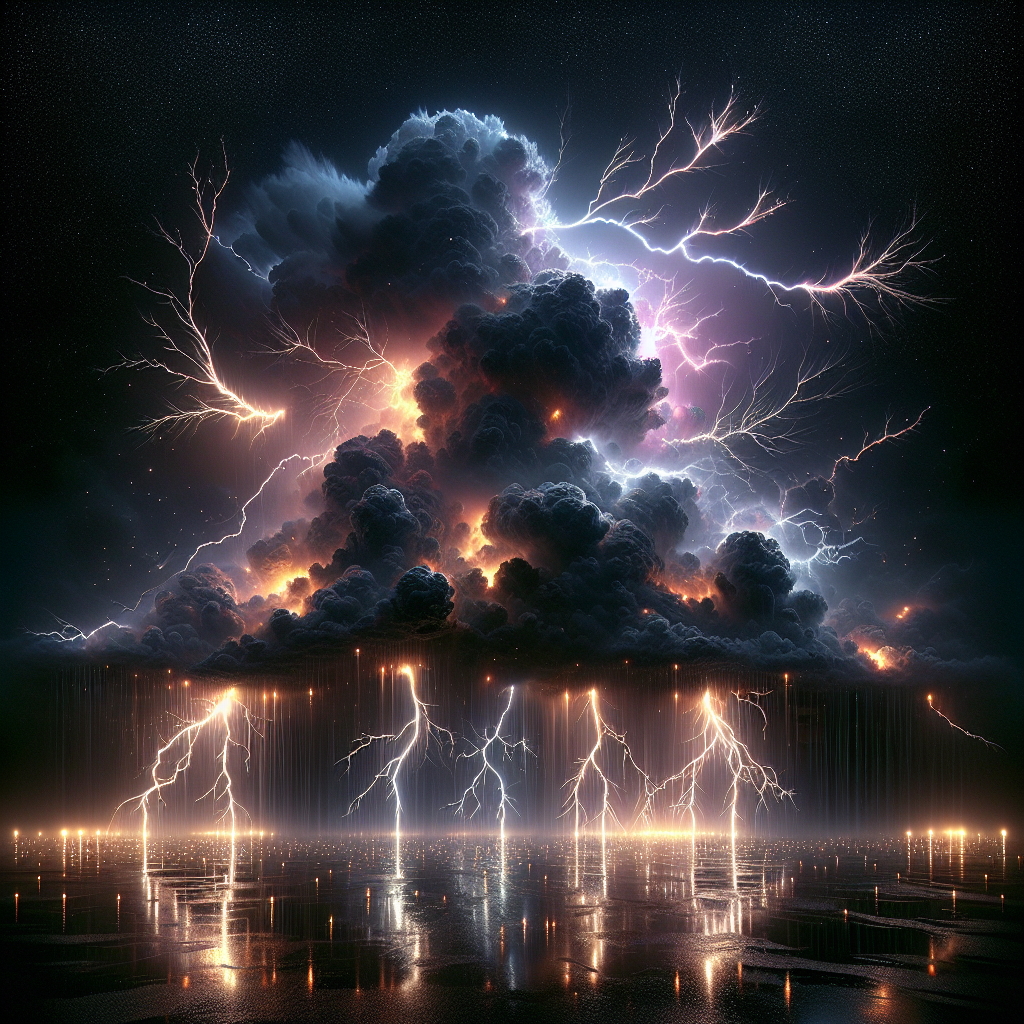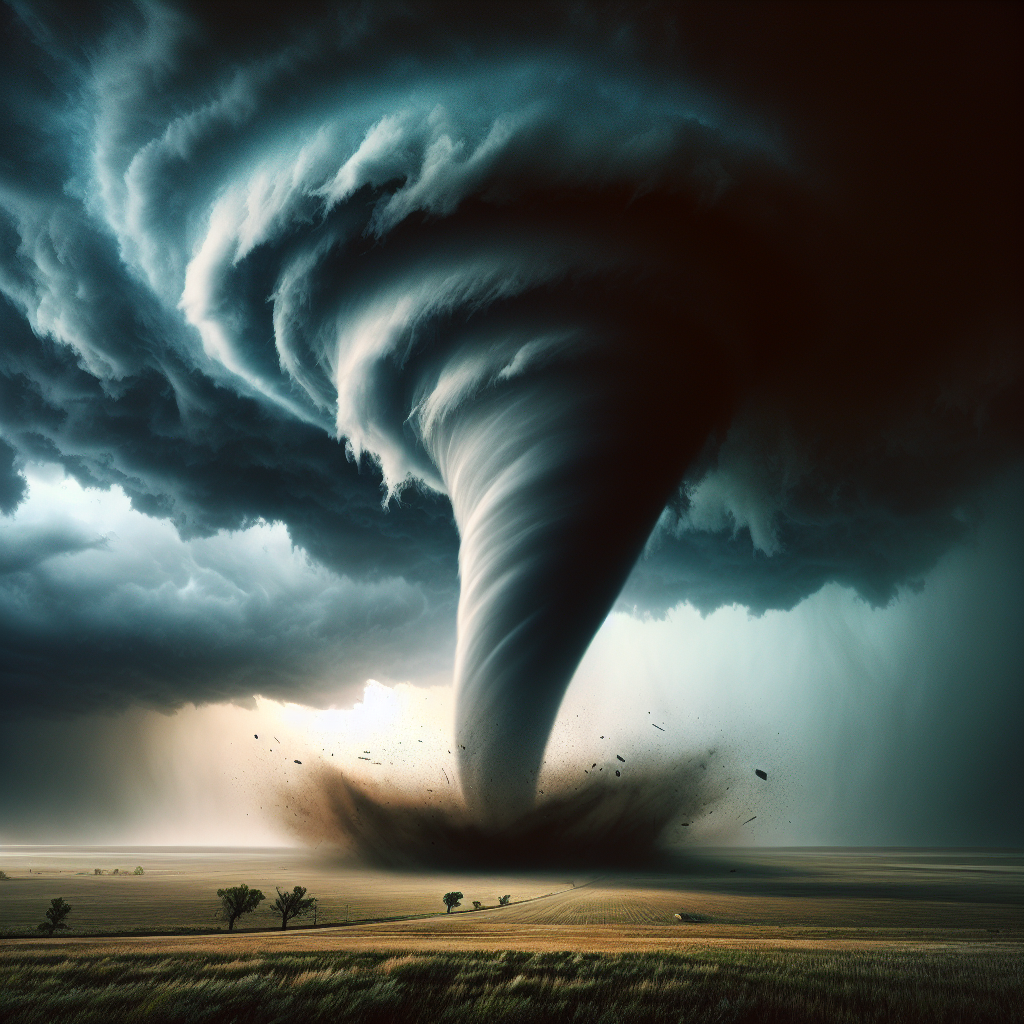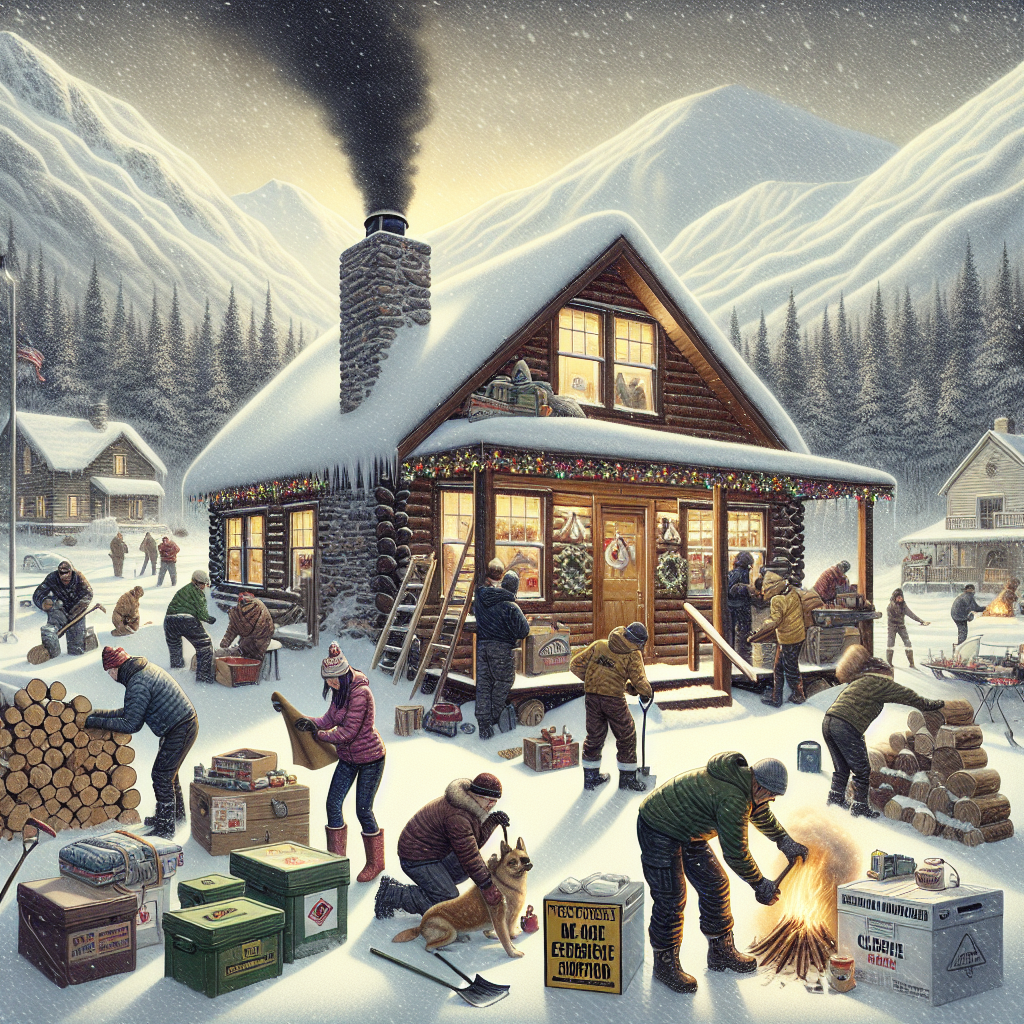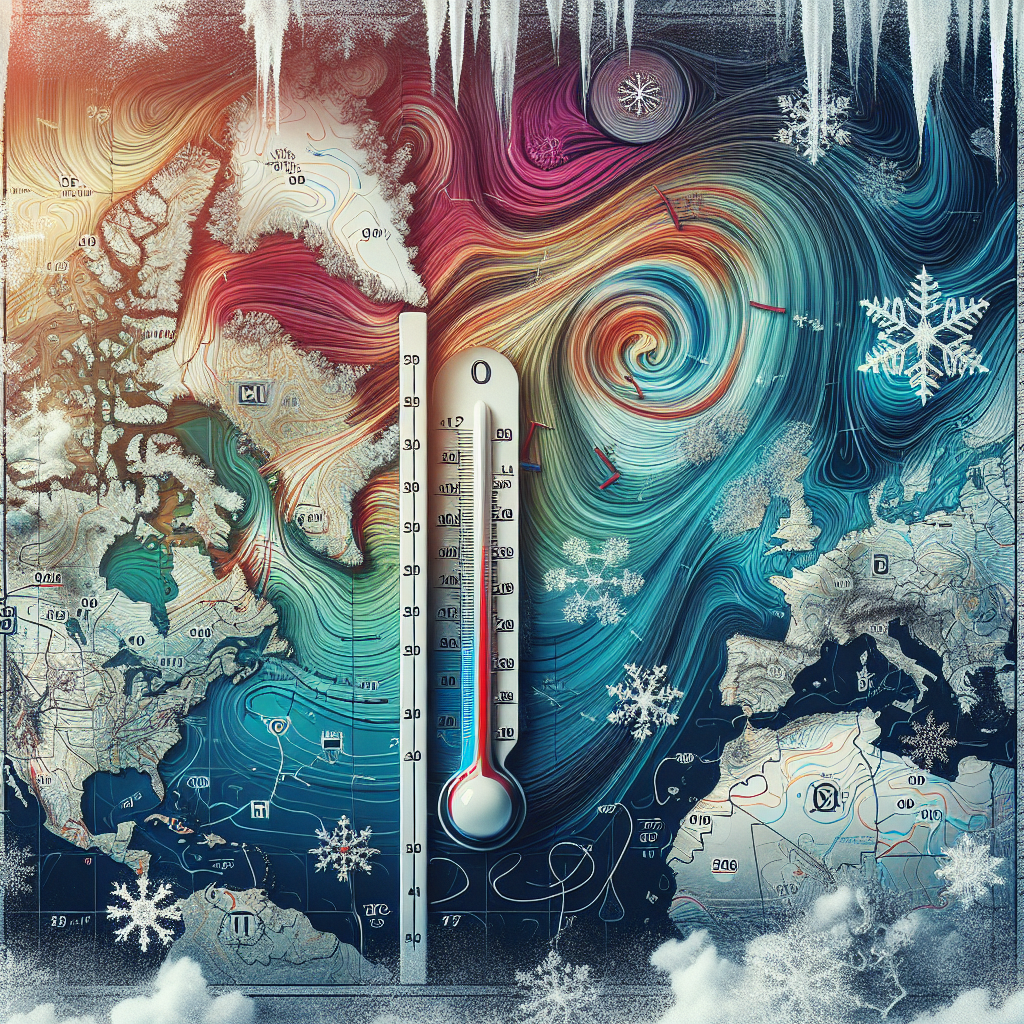What is a Tornado?
A tornado is a rapidly rotating column of air that extends from a thunderstorm to the ground. Characterized by their funnel shape and intense winds, tornadoes can exhibit wind speeds exceeding 300 miles per hour in the most extreme cases. The formation of a tornado begins during severe thunderstorms, specifically supercells, which feature a rotating updraft known as a mesocyclone.
Types of Tornadoes
Tornadoes can vary significantly in size, shape, and intensity. Here are the primary types:
- Waterspouts: These tornadoes form over water and can travel over land, sometimes maintaining their structure upon landfall.
- Landspouts: Generally weaker and less organized, landspouts occur in non-supercell thunderstorms but can still be damaging.
- Supercell Tornadoes: The most dangerous type, supercell tornadoes are associated with severe thunderstorms and can lead to intense and long-lived tornadoes.
- Gustnadoes: Formed along gust fronts, these tornado-like phenomena are short-lived and typically weaker than true tornadoes.
Tornado Formation Process
Tornadoes develop under specific atmospheric conditions. The critical elements for formation include:
Instability: Warm, moist air at the surface combined with cooler, dry air above leads to instability. When these air layers interact, vigorous updrafts are formed.
Wind Shear: Differences in wind speed and direction create rotation. As the wind at the surface moves faster than the winds aloft, this can initiate a rotating column of air.
Lift: This is provided by weather fronts, sea breezes, or mountains, helping lift the warm air.
Tornado Classification: The Enhanced Fujita Scale
The Enhanced Fujita (EF) Scale is used to classify tornadoes based on the damage they cause, ranging from EF0 (light damage) to EF5 (incredible damage).
EF0: Wind speeds of 65-85 mph; causes minor damage like broken branches.
EF2: Wind speeds of 111-135 mph; can lead to moderate damage, such as roofs being torn off houses.
EF4: Wind speeds of 166-200 mph; can cause severe damage, including the destruction of well-constructed houses.
EF5: Wind speeds exceeding 200 mph; can lead to catastrophic damage, with well-constructed houses being completely leveled.
Tornado Watch vs. Tornado Warning
Understanding tornado alerts is crucial for safety:
Tornado Watch: Indicates that conditions are favorable for tornado development. People should stay weather aware and be prepared to take action.
Tornado Warning: Confirmed tornado activity or indications of rotation on radar; immediate action is necessary to protect life and property.
Tornado Climatology: Where Do They Occur?
Tornadoes are most frequently reported in the central part of the United States, especially in an area popularly referred to as “Tornado Alley,” which includes states like Texas, Oklahoma, Kansas, Nebraska, and South Dakota. The geographic and meteorological conditions in this region make it particularly prone to tornado formation.
Tornado Seasons
Tornado occurrences vary by season. In the United States, the peak tornado season typically spans from spring to early summer, specifically from March to June. However, tornadoes can occur at any time of the year given the right atmospheric conditions. For instance, fall tornadoes can happen, particularly in the southeastern U.S.
Effects of Tornadoes
The devastating impact of tornadoes can be significant, impacting lives, property, and the environment. Tornadoes can uproot trees, demolish buildings, and toss vehicles like toys. Beyond physical damage, psychological impacts can be profound, affecting those who have survived a tornado or lost loved ones.
Famous Tornadoes in History
Several tornadoes have captured the public’s attention and shaped historical perspectives on severe weather:
The Tri-State Tornado (1925): Struck parts of Missouri, Illinois, and Indiana, causing 695 deaths and remains one of the deadliest in U.S. history.
The Joplin Tornado (2011): This EF5 tornado devastated Joplin, Missouri, killing 158 people and destroying a significant portion of the town.
Safety Tips During a Tornado
Staying safe during a tornado is critical. Here are key tips:
- Seek Shelter: Move to a basement or an interior room on the lowest floor. Avoid windows to prevent injury from flying debris.
- Cover Yourself: Use blankets, mattresses, or helmets to protect yourself from potential injuries.
- Stay Informed: Utilize weather apps, NOAA Weather Radio, or community alerts for real-time updates.
- Plan in Advance: Have a predetermined safe location, and ensure all family members know the plan.
Innovative Technology for Tornado Tracking
Advancements in meteorological technology have improved tornado detection and tracking. Doppler radar, storm spotters, and nowcasting techniques allow meteorologists to issue warnings more accurately and promptly. Increased satellite coverage aids in monitoring tornado development and changes.
The Role of Research and Forecasting
Ongoing research into tornado dynamics is crucial. Meteorologists analyze historical data and conduct experiments in wind tunnels to understand tornado formation better. Improved modeling and forecast techniques can enhance preparedness and response strategies, ultimately saving lives.
The Psychology of Tornado Preparedness
Understanding the psychological aspect of tornado preparedness can help communities enhance their response strategies. Many individuals underestimate the risk of tornadoes, leading to inadequate preparation. Community education programs can work to change perceptions, leading to a better-prepared populace.
Tornadoes are undeniably one of nature’s most fascinating yet terrifying phenomena. As the science evolves and public awareness increases, the journey into understanding these powerful storms continues to unfold.




















